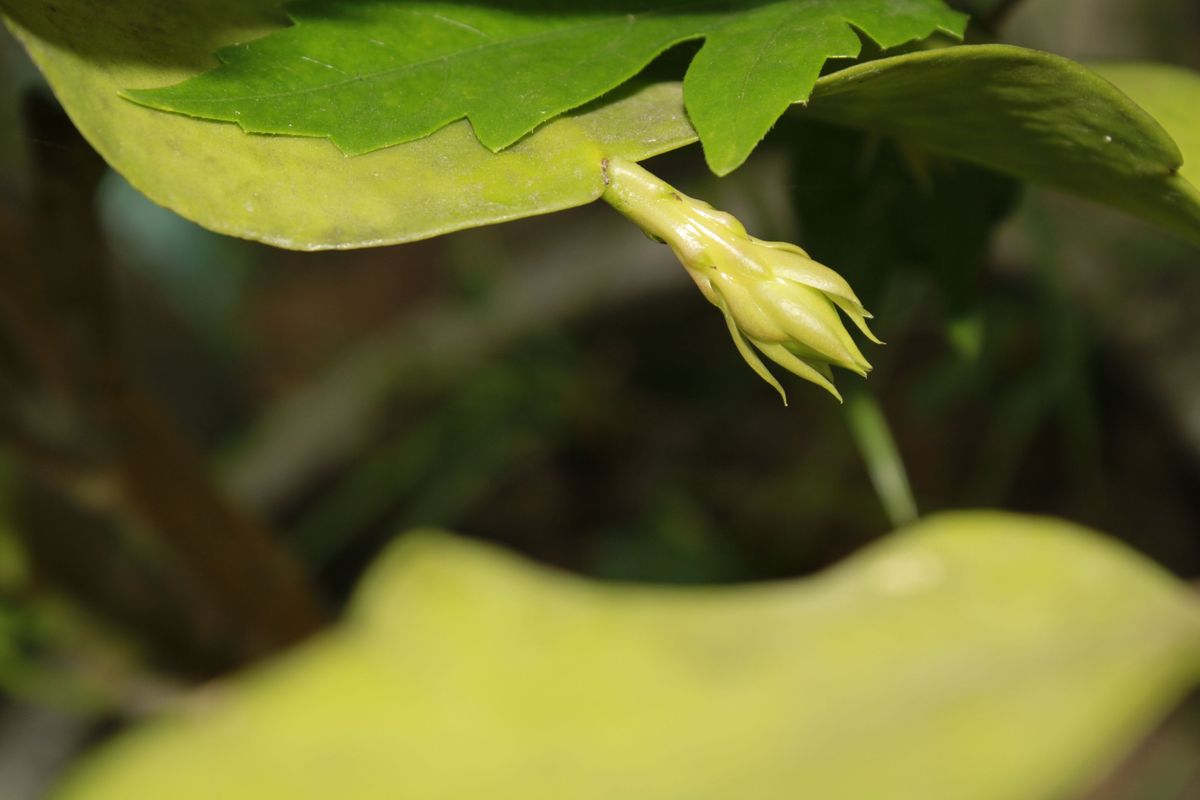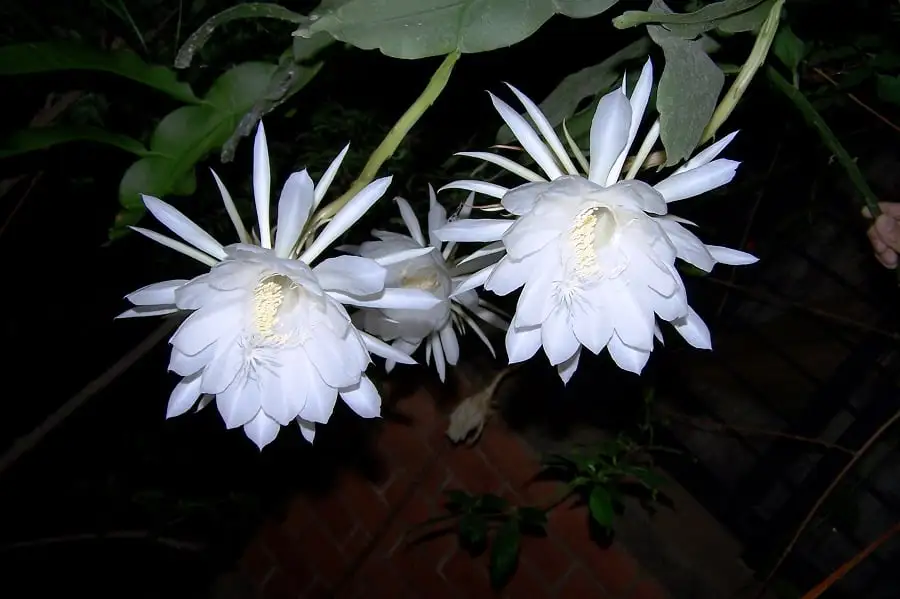Brahma Kamal Plant: A Comprehensive Guide
The Brahma Kamal plant, known scientifically as Saussurea obvallata, is a rare and revered species native to the Himalayan region. It is celebrated not only for its unique beauty but also for its significant role in Hindu mythology and traditional medicine. This comprehensive guide will explore the key features, cultivation tips, health benefits, and spiritual significance of the Brahma Kamal plant, making it an essential read for gardening enthusiasts and those interested in its cultural importance.
Key Features of the Brahma Kamal Plant
Scientific Name and Appearance
The Brahma Kamal plant, scientifically named Saussurea obvallata, is a member of the Asteraceae family. This herbaceous perennial typically grows to a height of 5 to 10 cm (about 1 to 3 feet). It is known for its striking flowers, which bloom in the mid-monsoon season (July to August) and are protected by yellowish-green petals.
Native Habitat
The plant is native to the Himalayas and is found at elevations ranging from 3000 to 4800 meters. Its natural habitat includes alpine meadows and rocky cliffs in regions such as Uttarakhand, Bhutan, Nepal, and Tibet.
Flowering Season
The Brahma Kamal plant blooms only once a year, typically at night, during the monsoon season. The flowers are known to last just one night, making their appearance a rare and sacred event.
Growing the Brahma Kamal Plant
Soil Requirements
To grow the Brahma Kamal plant successfully, use well-draining soil or a potting mix. If planting in a container, ensure it has sufficient drainage holes to prevent waterlogging.
Watering Tips
As a succulent, the Brahma Kamal stores water in its leaves. Check the soil's moisture level before watering to avoid overwatering, which can lead to root rot. Allow the soil to dry out between watering sessions.
Fertilization
Fertilize the Brahma Kamal plant once a month with compost manure to promote healthy growth. This will help the plant produce new growth and maintain overall health.
Repotting
Repot the Brahma Kamal plant when its pot becomes too small. Remove all old soil, replace it with fresh potting mix, and water the plant thoroughly after repotting.
Lighting Conditions
The plant thrives in indirect sunlight. Place it near a sunny window where it receives filtered light, especially during the summer months, to prevent leaf burn.
Pest and Disease Management
Mealy bugs are the most common pests affecting the Brahma Kamal plant. Other potential pests include aphids, scales, and mites. However, pests and diseases are generally rare with proper care.
Also Read: 8 dangerous plants for your home
Brahma Kamal Plant - How to Grow
To successfully cultivate the Brahma Kamal plant, you should replicate its natural habitat as closely as possible. Here are some tips for growing this unique plant:

Health Benefits of the Brahma Kamal Plant
Anti-Inflammatory Properties
The Brahma Kamal plant has been traditionally used to reduce inflammation and alleviate pain, making it beneficial for various inflammatory conditions.
Antioxidant Benefits
Rich in antioxidants, the Brahma Kamal helps protect the body from free radical damage, which can contribute to various health issues.
Immune System Support
The plant may help boost the immune system, aiding in the body's ability to fight off infections and diseases.
Respiratory Health
Traditionally, the Brahma Kamal has been used to support respiratory health, potentially helping with conditions such as asthma and bronchitis.
Nervous System Support
The plant is also believed to support the nervous system, offering relief from anxiety and stress.
Potential Anti-Cancer Properties
Some studies suggest the Brahma Kamal may have anti-tumor properties, though more research is needed in this area.
Spiritual Significance of the Brahma Kamal Plant
Mythological Origins
In Hindu mythology, the Brahma Kamal plant is said to have been created by Lord Brahma to assist Lord Shiva in placing an elephant's head on Lord Ganesha's body. The flower released the elixir of life, "Amruta," from its petals, which is believed to have revived Ganesha.
Sacred Flower
The Brahma Kamal is considered sacred in Hinduism and is associated with various religious practices. It is believed to bring prosperity and good luck when offered in temples.
Cultivating the Brahma Kamal Plant
Growing from Cuttings
To propagate the Brahma Kamal plant from cuttings, follow these steps:
- Select a healthy leaf cutting, at least 10 to 12 cm long.
- Allow the cutting to form a callus in a dark, dry place.
- Prepare pots with a well-draining mix of sand, vermicompost or compost, coco peat, and perlite.
- Plant the callused cutting in the soil mix and water it thoroughly.

Vastu Considerations
According to Vastu Shastra, placing the Brahma Kamal plant in the center of the house or the northeastern corner can bring good fortune and positive energy. It should be kept in a clean, well-maintained area with adequate sunlight and water.
Also Read: 8 Indoor Water Plants for Home












Ans 1. Where to Keep the Brahma Kamal Plant As Per Vastu? According to Vastu Shastra, the best place to plant a Brahma Kamal is in the centre of a home or in the northeast corner, as this is believed to attract positive energy and protect the household from negative forces.
Ans 2. According to Vastu Shastra, the Brahma Kamal plant is considered auspicious and is believed to bring positive energy and good luck to the home. Furthermore, it is said to have a calming effect on the mind and helps in reducing stress and anxiety in this busy fast life of ours.
Ans 3. Place this plant in the north-east direction or any other place of worship, within a few days of planting you will be able to feel its effect. It is believed that Laxmi ji and Vishnu ji lives in this plant so by planting them you will be easily able to find ways to overcome your problems.
Ans 4. The Brahma Kamal plant is considered sacred in the Hindu culture. And the flower is often offered to Lord Shiva. It is believed that if you offer the flower while blooming to the Lord Shiva, he will be pleased and fulfill all your wishes.
Ans 5. Saussurea obvallata, commonly known as Brahma Kamal, is one of the most mystical and beautiful flowers on the planet. It comes to life only once in a couple of years and its bloom lasts for a couple of hours although legend has it that it only blooms once in 14 years.
Ans 6. Brahma kamal flower blooms only once a year, around July - August, and it stays in full bloom for only one night. All these reasons make himalayan brahma kamal exceptionally rare. It has multiple benefits, both medically and spiritually.
Ans 7. This plant can be grown inside and outside. Bright, indirect should be given to the plant all day in order for it to grow properly. Additionally, the temperature should be between 18°C and 25°C. After planting, give the plant plenty of water and keep the soil hydrated with regular watering.
Ans 8. Brahma Kamal is a helpful medicine to treat fevers. The flowers, rhizomes, and leaves are used for the treatment of bone ache, intestinal ailments, cough, and cold. The rhizomes in par- ticular are used as antiseptic and for healing cuts and bruises.
Ans 9. Botanical Name: Saussurea obvallata (DC.) Edgew. Common Names: King of Himalayan flowers, Sacred Saussurea (English); Brahma Kamal (Hindi); Brahma Kamal (Sanskrit).
Ans 10. According to Vastu Shastra, it's recommended to place plants in your home or office primarily in the East, North and South directions. The East direction is especially favorable as it promotes growth and harmony.